Recent reports show scientists have solved the mysteries surrounding an ancient Levantine city mentioned in biblical scriptures using radiocarbon dating.
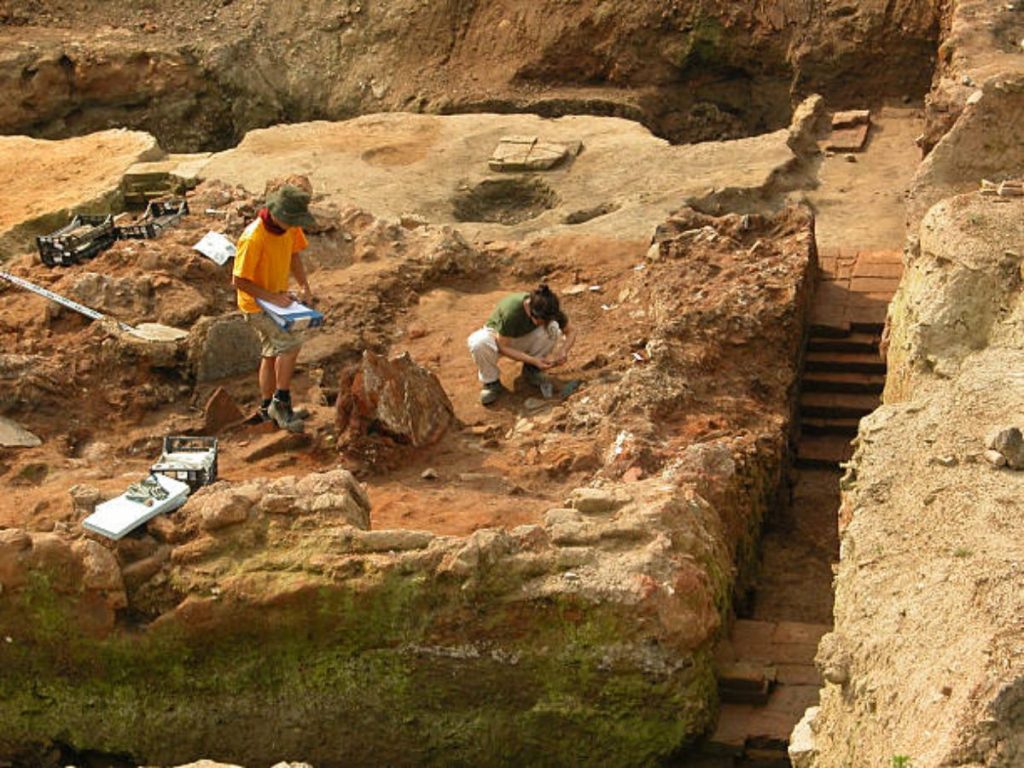
Radiocarbon dating, dubbed the archaeologist’s time machine, proves to be the key to unlocking this historical mystery. It’s an exciting trip through time, with each new finding adding a fascinating chapter to the story of our past.
Archaeological Revelations in Gezer
In a recent publication in the esteemed PLOS ONE scientific journal, archaeologists present their meticulous findings, shedding light on a compelling chapter in ancient history.

The ancient city of Gezer—a place deeply entwined within the stories of Egyptian, Assyrian, and Biblical texts—is the subject of this academic investigation. Organic samples from the 13th to the 9th centuries were dated using radiocarbon in this research project.
Seeds of History…
Going in-depth, the scientists examined more than thirty-five organic artifacts—mostly seeds—taken from different rock strata at Gezer, an archeological treasure in Israel.
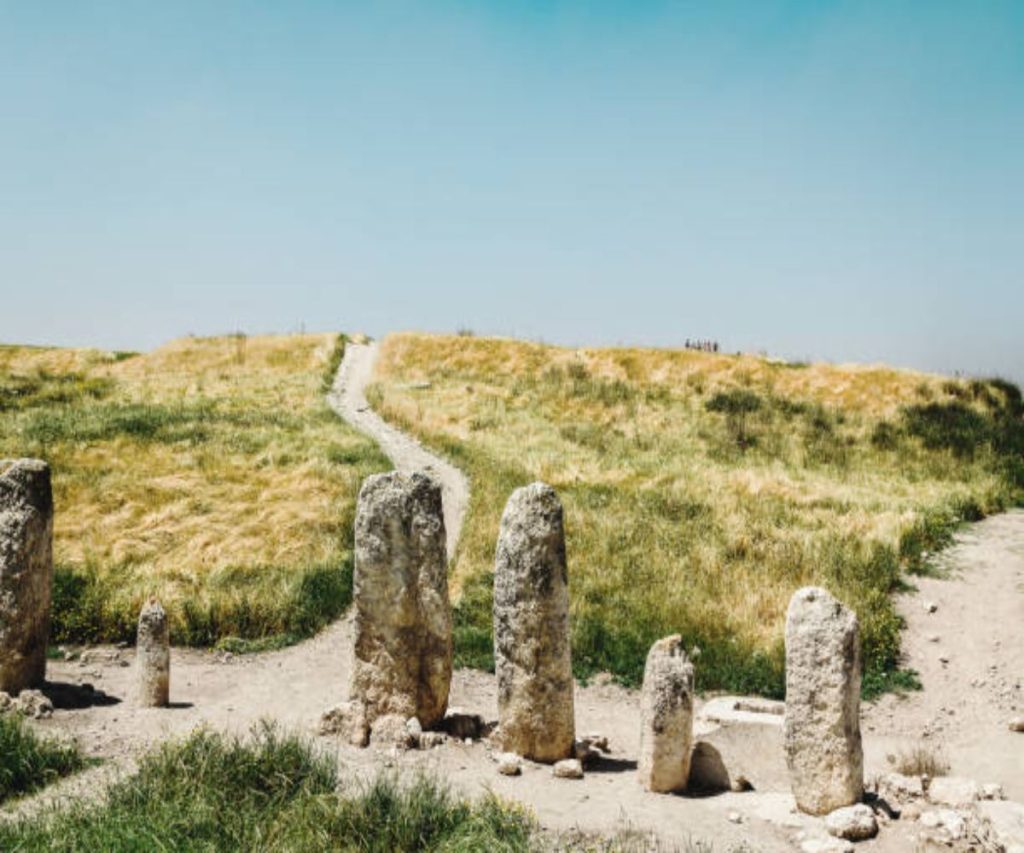
These carefully excavated objects from different rock layers at the Israeli archeological site of Gezer offer fascinating new information. With this exact examination, Gezer, a significant figure in the political and cultural environments of Biblical times, reveals the complexity of its history.
Destructive Events and Rebuilding Phases
As per a recent press release, the radiocarbon dates encapsulate a series of pivotal transformations in the ancient city. These changes include destructive events and subsequent rebuilding episodes.

However, this temporal framework, gleaned from meticulous analysis, serves as a key to unlocking the historical sequence of Gezer. Providing valuable insights into the flow of transformative events that shaped its enduring legacy.
Lyndelle Webster
Lyndelle Webster from the Austrian Academy of Sciences shares the groundbreaking radiocarbon-based chronology for Tel Gezer.

This chronology independently tests correlations between archaeological layers and events chronicled in written sources. She told Newsweek, “Our publication provides the first radiocarbon-based chronology for Tel Gezer in the period 13th through 9th centuries BCE”.
Gezer’s Chronology
Lyndelle added, “This allowed us to independently test whether the correlations that have been proposed between certain archaeological layers and events from written sources are feasible from a chronological point-of-view.”
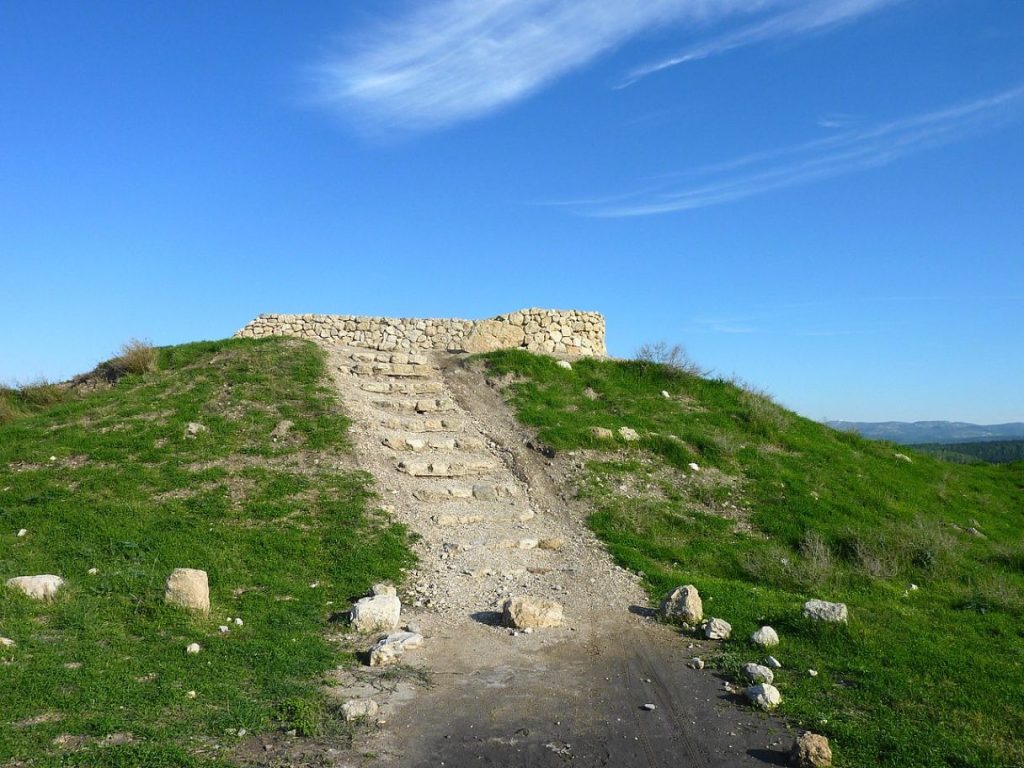
This chronology independently tests correlations between archaeological layers and events chronicled in written sources.
Correlating Archaeology and Ancient Texts
These results correspond to specific events described in Biblical and other ancient literature. Moreover, this is most notably Gezer’s reported destruction during Pharaoh Merneptah’s reign.

Interestingly, the radiocarbon dates do not correspond to certain accounts, such as the destruction of Gezer under Hazael, an old ruler mentioned in 1 Kings 19:15-17.
A Dataset for Archaeological Enthusiasts
These findings align with specific events recounted in Biblical and other ancient texts, notably the documented destruction of Gezer under Pharaoh Merneptah.
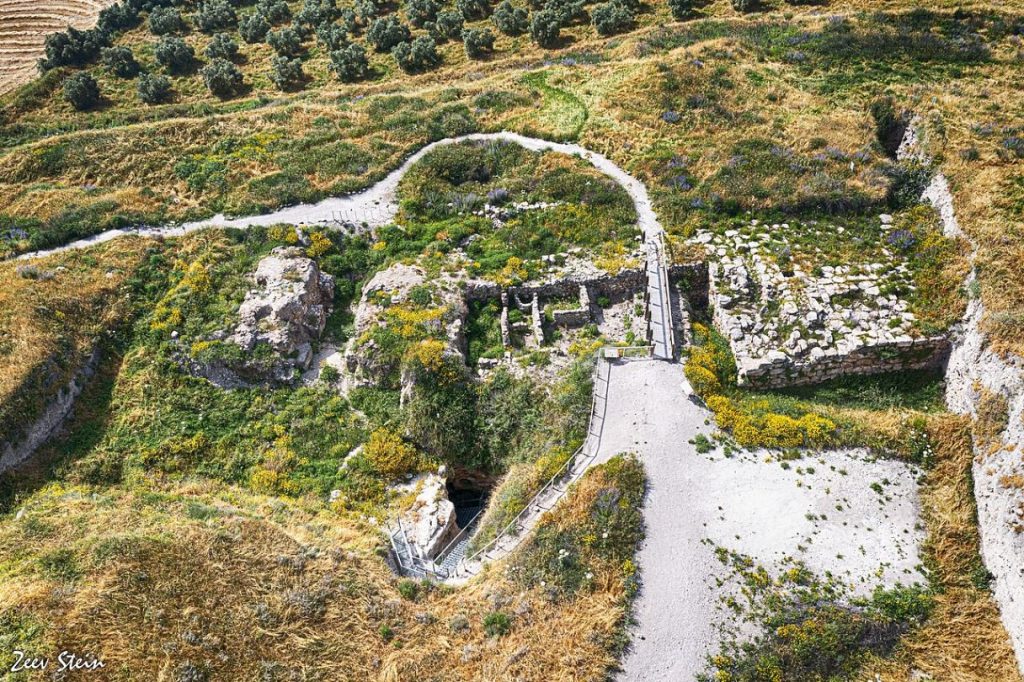
Interestingly, the radiocarbon dates do not synchronize with certain narratives, like the fall of Gezer under Hazael, an ancient ruler introduced in 1 Kings 19:15-17.
Gezer In Context
The possibility of linking Gezer’s destruction to historical individuals like Merneptah and Shishak emphasizes the study’s findings. The first Egyptian Pharaoh mentioned in the Bible. The likelihood of damage associated with other ancient kings, such as Hazael, appears less supported by radiocarbon evidence.

This subtle distinction allows for a more detailed understanding of the historical contexts surrounding Gezer’s turbulent periods and the significant figures involved.
A Destructive Event
The data brings a profound revelation: Gezer faced a downfall, possibly under the rule of Shishak. According to the study, the administrative building’s walls all collapsed in the same direction, burying the building under 1.5 meters of mudbrick debris.

Certain rooms were transformed into boulder-strewn zones. It’s a striking depiction of a momentous event, highlighting the architectural upheaval that defined Gezer’s history.
Forewarned Inhabitants…
Given that the structure was found to be mostly vacant during the excavation, evidence shows that the people living in Gezer may have known there would be a calamity.
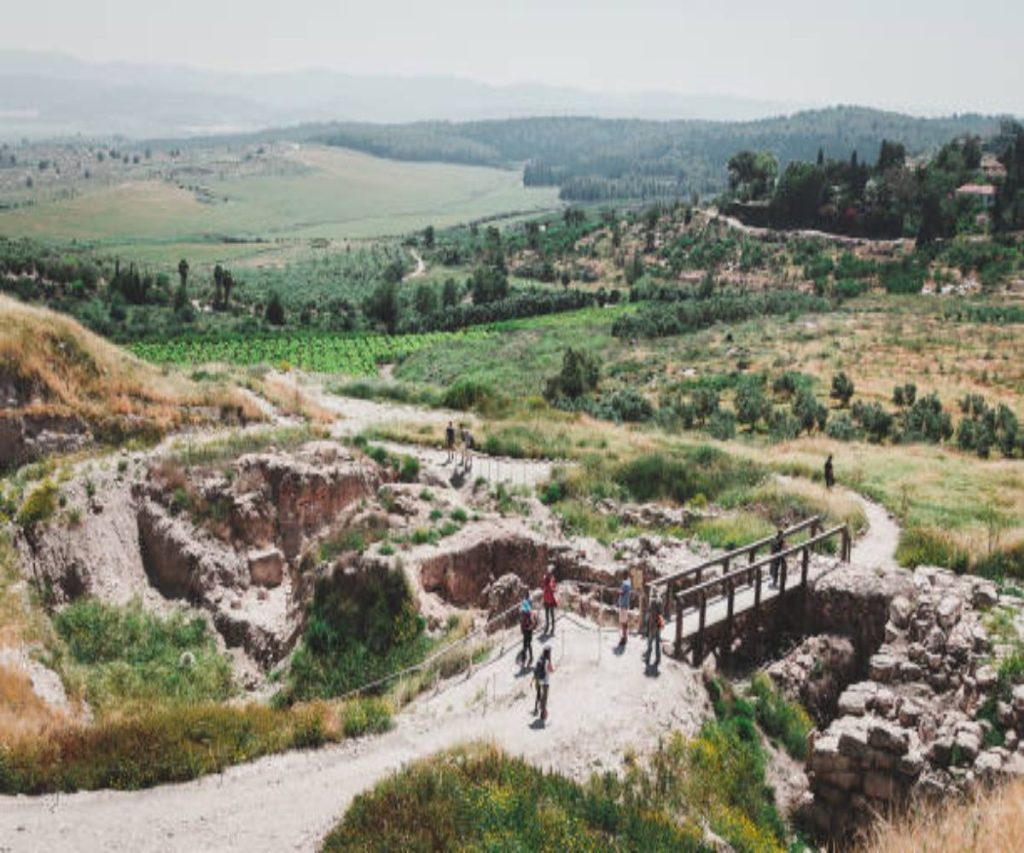
However, in the same vein, the research suggests that a “sudden and fiery” catastrophic catastrophe connected to Merneptah may be plausible.
Merneptah’s Legacy
The study delves into the possible reasons behind Gezer’s destruction, acknowledging a range of human or natural factors. However, a compelling connection emerges: the timing syncs up with Merneptah’s campaign, aligning with his assertion of conquering Gezer.
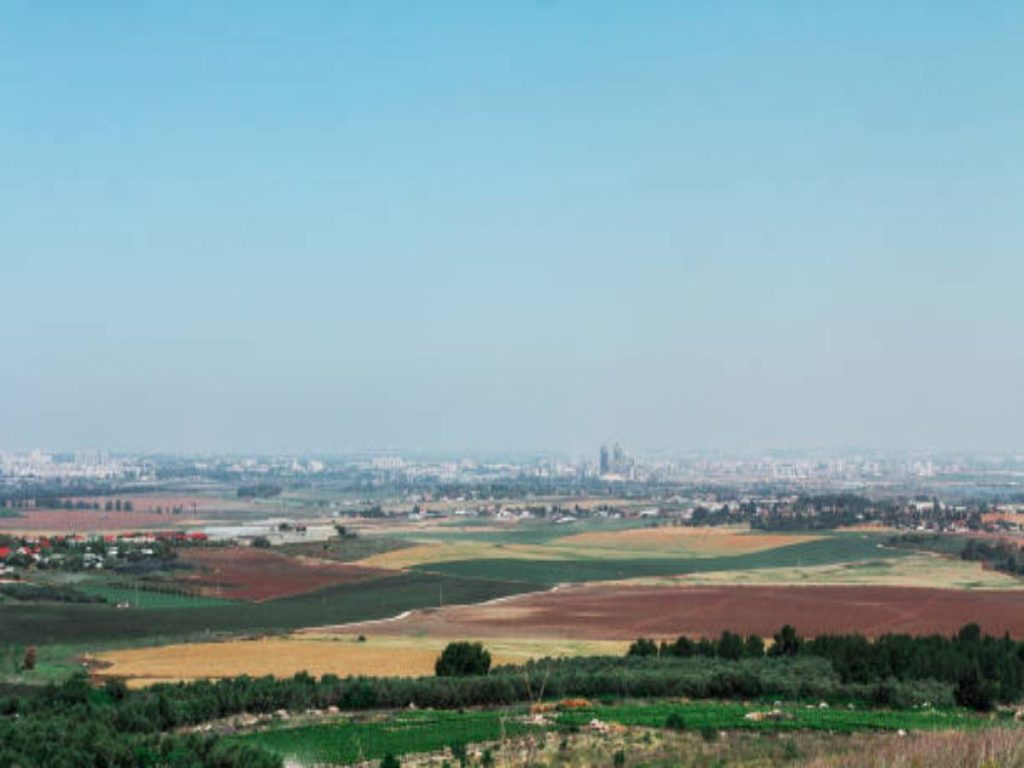
This discovery offers historical context by implying the complex relationship between ancient claims and archeological data.
